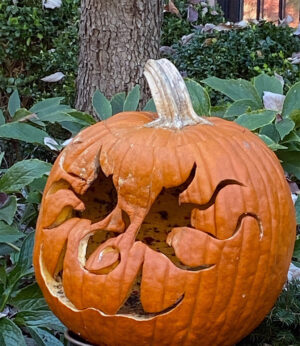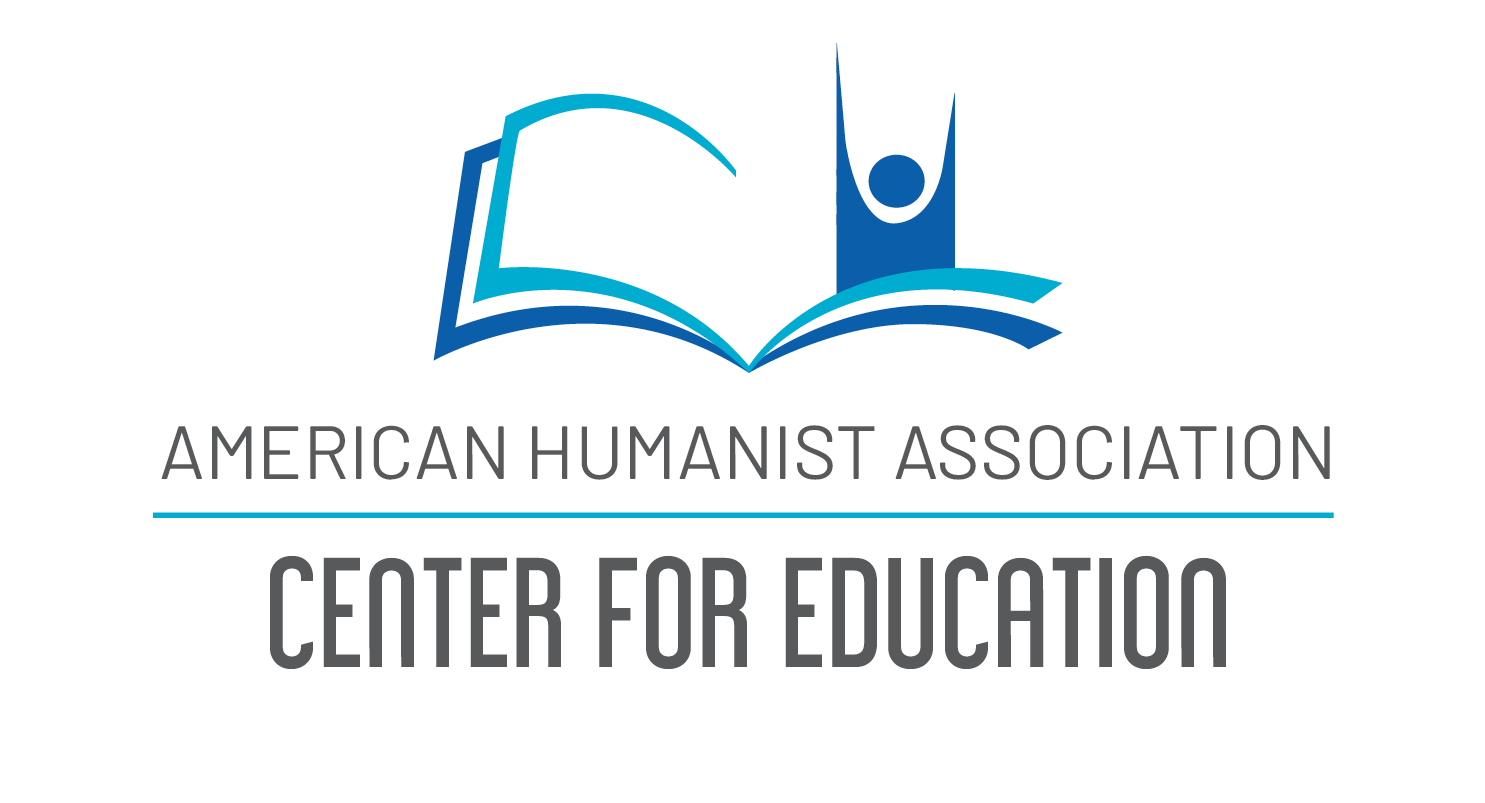Here’s an application of the TRAFFIC LIGHT approach applied to Halloween and five tips on how to have a Green Halloween:
Yellow light: Slow down to check in and evaluate
Who chooses how your family dresses up?
What do these processes and negotiations look like?
Have you engaged in interactive-family costume scenes (like all being part of one vision)?
How much money do you spend on holiday garb and costumes?
Red light: Stop and re-commit to a no-harm vision
Can you see harm done in the way this holiday happens? Identify possibilities of change.
Can you recognize your power to take on a conscientious approach?
Are you willing to allocate some space, work, creativity, and time for developing new solutions?
Green Light: Go create responsibly and joyfully
Grow costumes through play and dialogue.
Collect materials and even display the collection in advance to get ideas percolating.
See how much of your costume can be created from recycled and repurposed resources.
Collaborate with your family and community for ethical reusing, repurposing, and/or passing forward of costumes and materials.
- COSTUMING WITH EMPOWERED IMAGINATION: “What do you want to be for Halloween?” How about a unique wonder, a never-been-seen-before creature of your own creation? Empowering imagination and exploration over cookie-cutter preconceived characters is a big deal. This value system empowers the creative potential of invention as an approach to costuming. An open sense of exploration is the best way to create your own costume.
- GROWING GREEN COSTUMING IN COMMUNITY: You might create a Costume Maker-Space or Time to explore and play out possibilities and schedule a COSTUME MAKING SESSION with family and friends. In preparation, collect and even display recycled items for months in advance. Keep it clean. Egg cartons, toilet paper tubes, a few big boxes, some old clothes that can be reshaped or caped go a long way. Invite friends to join the team.
If you’re feeling crafty, you might stage a sequence of project days far in advance, including papier-mâché masks day, painting day, sewing day, etc. You can create a neighborhood or school wide “costume swap” where past costumes can be reused and reconfigured. Wearing second-hand costumes is most fun when you revamp them with your own flair. You might even make a “group vision” – where characters that emerge have a mutuality, and a plan for the holiday, a theme to inspire support, like “THE WILD RUMPUS” (concept borrowed from Maurice Sendak’s “Where the Wild Things Are”).
- AFFIRMING THE ENDEAVOR: Lead with new eyes! On Halloween, don’t forget to tell everyone you see who DID make their costume, “Bravo!” Showcase green costumes in your community. You may make a costume photo exhibit and, if you’re an ambitious planner, you might get your exhibit booked in the window of your local library for next September, knowing that the Green Halloween mission will grow each year with our collective leadership. You are also invited to send a picture of your RRR costume to the annual online “RRR-Costume Photo Exhibit” and to visit the ETHICAL NYC website each November to witness the exhibits: www.nysec.org/youth.
- SENSITIZING TO A SOCIAL JUSTICE LENS: There are a few costume faux-pas to be very aware of, such as stereotyping and othering. It’s considered disrespectful to dress up as someone else’s culture. It is important to honor the fact that groups have publicly called for people to stop using their culture as a costume. We learn from harms done before us and can stand upon respectful ground by reexamining our choices through a social justice lens.
- CONNECTING POSITIVELY TO THEMES OF DEATH: Fright looms large at Halloween and the shock value of gore has become extreme. This is tolerated by many in daily video games, but publicly staged on Halloween. However, nightmares in children are not easily resolved, and helping them make sense of the images around them is important. Instead of a haunted house for young children, you might host a mystery house with child-appropriate sensory experiences.
Fall holidays also bring forth images rich with blood and bones. However, it can help to make science and art out of experiences that could otherwise haunt and disturb. The antidote can be to use the images that we are exposed to on our own terms by making joyful living opportunities to learn about blood and bones. Dance with the skeleton that lives inside of you! The fall season offers a unique opportunity to connect organically with the themes of life and death. In the northern hemisphere, it coincides with falling leaves, which become earth once more. Harvests may abound, as part of the life cycle of plants and trees. Carving pumpkins into lanterns, for example, is a classic nature-based project. It is most wonderful to take a few extra steps in this process. Planting some of the seeds gathered from inside the pumpkin and toasting up the others are thrilling illustrations of life’s continuation. Letting carved pumpkins decompose in their own time offers an organic and powerful opportunity for observation, both scientific and existential. And composting the remains is important, providing nutrients to the soil of the future.
The fall season offers a unique opportunity to connect organically with the themes of life and death. In the northern hemisphere, it coincides with falling leaves, which become earth once more. Harvests may abound, as part of the life cycle of plants and trees. Carving pumpkins into lanterns, for example, is a classic nature-based project. It is most wonderful to take a few extra steps in this process. Planting some of the seeds gathered from inside the pumpkin and toasting up the others are thrilling illustrations of life’s continuation. Letting carved pumpkins decompose in their own time offers an organic and powerful opportunity for observation, both scientific and existential. And composting the remains is important, providing nutrients to the soil of the future.

